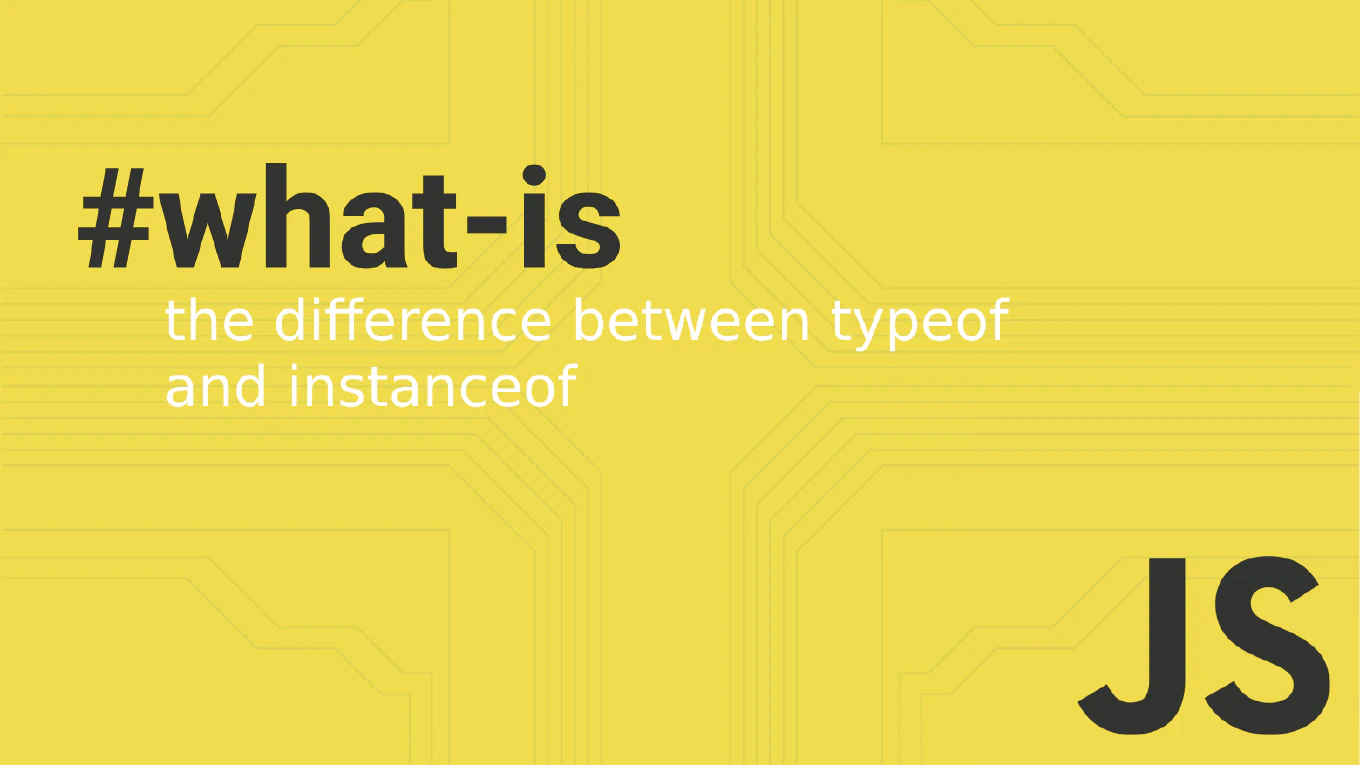How to force a React component to re-render

React triggers re-rendering when there’s a change in state or props. However, there are scenarios where you might need to force a component to re-render manually without explicitly modifying its state. This article will explore ways to force re-renders in both class and functional components to ensure the UI reflects the latest data.
What are the three dots `...` in JavaScript do?

In JavaScript, the three dots operator (...) is a versatile feature introduced in ES6. Known as the spread operator and rest parameter, these three dots have transformed how developers handle arrays, objects, and function parameters. Understanding this syntax is crucial for any software developer looking to write clean, efficient, and maintainable code. In this article, we’ll explore the various ways you can use the spread operator, spread syntax, and rest operator in your JavaScript code.
CoreUI PRO v5.4.2

We are pleased to announce the release of CoreUI PRO v5.4.2. This update addresses an important enhancement to date picker components, adding support for a missing formatting option.
CoreUI for Vue v5.3.0

We are excited to announce the release of CoreUI for Vue v5.3.0. This update introduces new features, refactors existing components for better performance and maintainability, and updates various dependencies to their latest versions.
CoreUI PRO for Vue v5.4.0

We are excited to announce the release of CoreUI PRO for Vue v5.4.0. This update introduces new features, significant improvements, and crucial bug fixes to enhance your development experience and ensure better performance.
How to replace all occurrences of a string in JavaScript?

When working with JavaScript, you often must replace all occurrences of a specific substring within a string. This is a common task in various scenarios, such as formatting user input, modifying text content, or processing data. However, the native replace method in JavaScript only replaces the first occurrence of the pattern by default. This article will guide you through different techniques to replace all occurrences of a string in JavaScript effectively.
CoreUI PRO v5.4.1

We are pleased to announce the release of CoreUI PRO v5.4.1. This update addresses several key fixes and includes updates to critical dependencies, enhancing the stability and performance of the CoreUI library.
How to remove a property from an object in Javascript

In JavaScript, working with objects is a fundamental part of building applications. Often, you may need to remove properties from an object, whether it’s for cleaning up data or preparing an object for a specific use case. This article explores various techniques for removing properties from a JavaScript object, discussing the advantages and potential pitfalls of each method. We’ll also cover how to remove multiple properties from a single object efficiently.
CoreUI Free Bootstrap Admin Template v5.1.0

We’re proud to announce the official release of CoreUI Free Bootstrap Admin Template v5.1.0 on August 28, 2024. This major release signifies a milestone in our commitment to providing a robust and comprehensive admin template that leverages the latest web technologies. With v5.1.0, users can enjoy various updates to improve performance, compatibility, and the developer experience.
What’s New
Build
- build: Update globby to v14.x for better performance and compatibility.
- chore: General clean-up to improve code quality and maintainability.
Dependency Updates
This release includes updates to several key dependencies to ensure compatibility and improve performance:
CoreUI PRO Bootstrap Admin Template v5.1.0

We are proud to announce the official release of CoreUI PRO Bootstrap Admin Template v5.1.0 on August 28, 2024. This major release marks another step forward in our commitment to delivering a robust and comprehensive admin template that takes full advantage of the latest web technologies. With v5.1.0, users can experience various improvements aimed at boosting performance, enhancing compatibility, and optimizing the developer experience.



